5 Engaging Ways to Explore and Teach Ancient Mesopotamia
When teaching ancient Mesopotamia, it can be hard to make it relatable for the students. By showing them how it connects to and affects their lives, history becomes more real and tangible for students. One of my favorite stories to share with students is how the size of the space shuttle is directly related to the size of Caesar’s horses. It’s a fascinating one and shows how one decision can impact thousands of decisions throughout history.
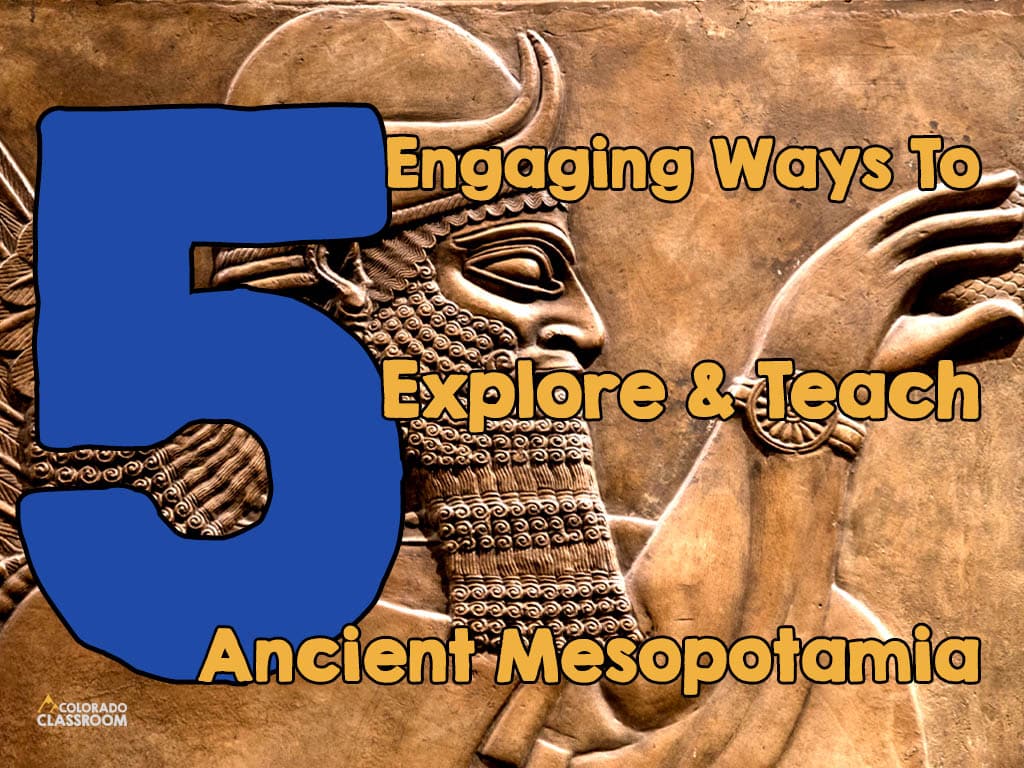
Making things hands-on can entice learners to really take in their learning and understand it. Students often must understand and come to terms with concepts, in order to manipulate, build, or work with them. So students make sense of the concept and how it fits in to history and the world around them. This can be done in a variety of fun and entertaining ways that still teach history and get the point across.
1. Write an Epic Poem like Gilgamesh
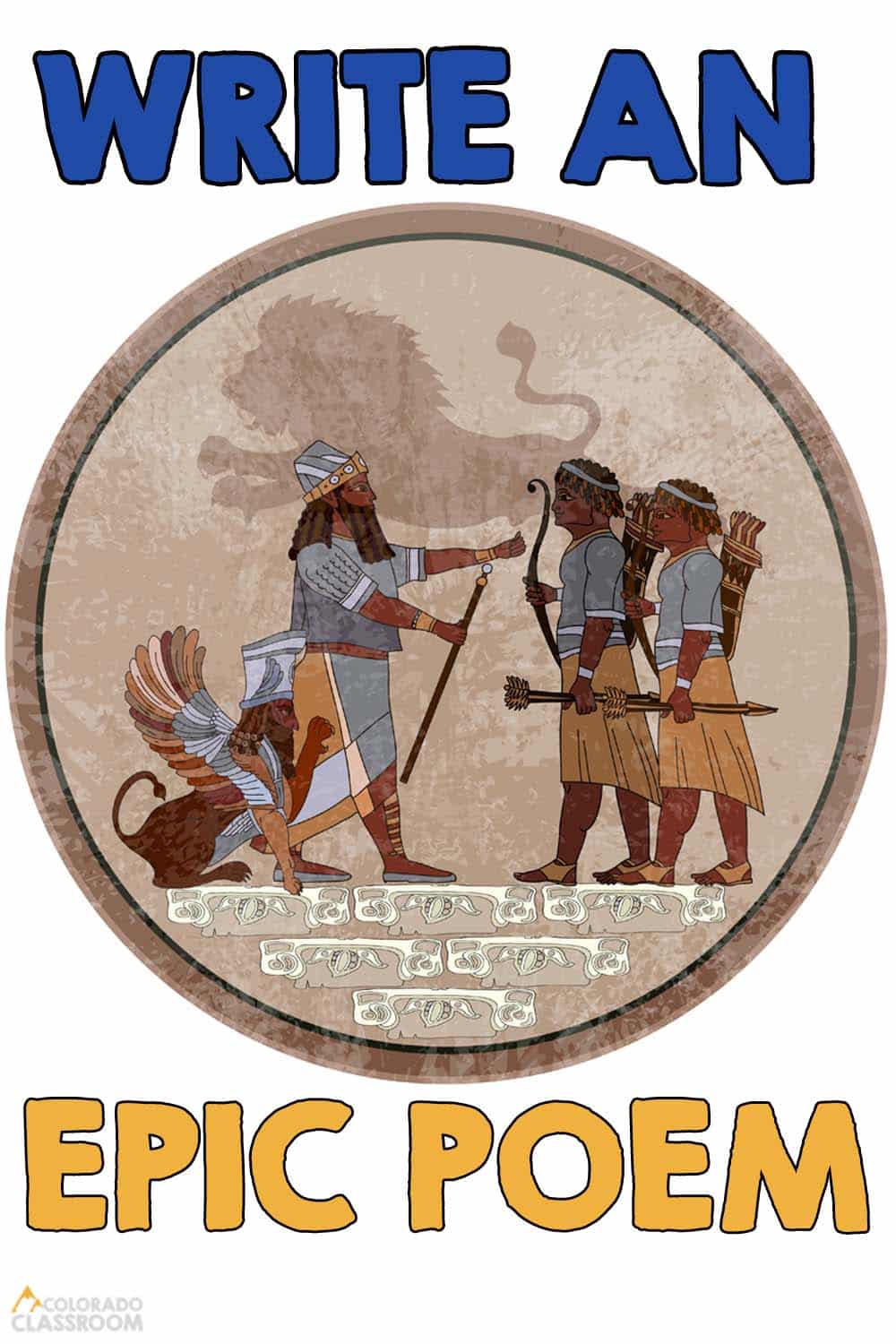
Explain to your students who the Sumerians were and who Gilgamesh was. Give them some background information on the epic poem of Gilgamesh. Explain why it is important and has remained an important piece of history from ancient Mesopotamia up to now.
Then, read a bit of the poem to them, discussing it as you go. Have your students then try their hand at writing an epic poem by picking a topic and writing. Make sure to spend some time allowing kids to share their poems with the class.
2. Try Your Hand at Cuneiform
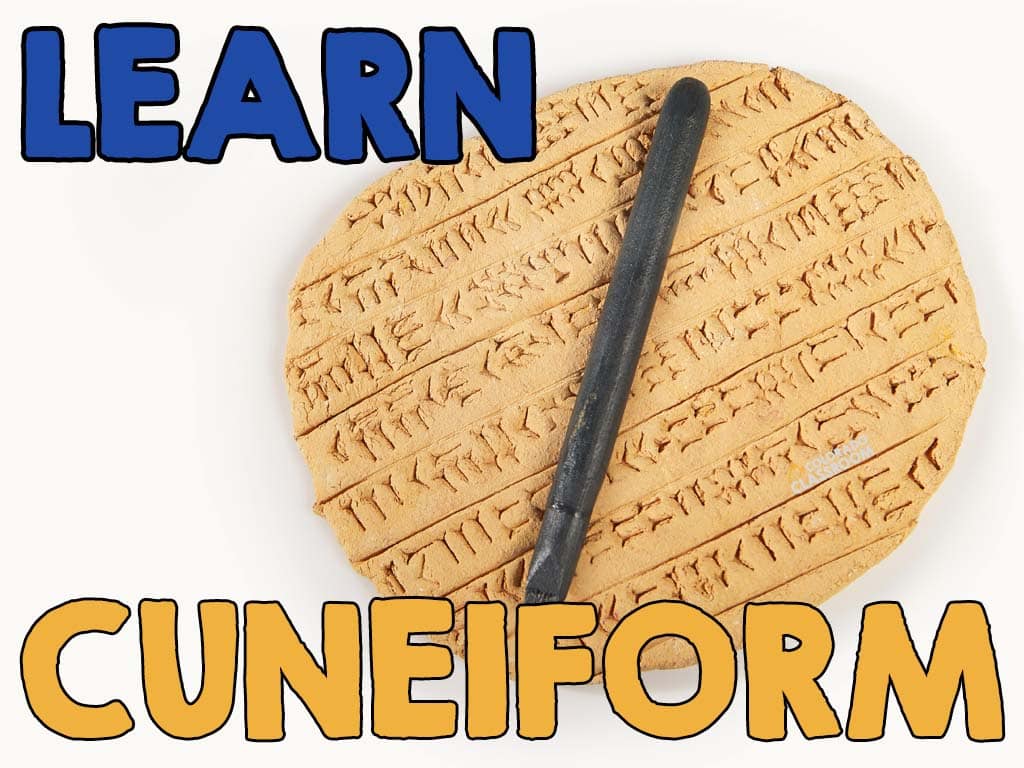
When I was a teenager, one of my favorite hobbies was to write love letters to my boyfriend. Except we would write in ancient runic. He taught me the alphabet and only he and I really understood it. We could write in a secret code that no one else understood.
Writing in cuneiform is much the same way. It will give kids a fun, entertaining power, but teach them some history at the same time. Explaining to students that cuneiform was originally a pictographic language, a lot like our emojis, that turned more complicated and complex over time, might help them to understand how languages evolve and change. You can then show them the complicated cuneiform. Have them try to write with it. You can also let them create their own language with emojis or some other form of signs, symbols, and pictographs.
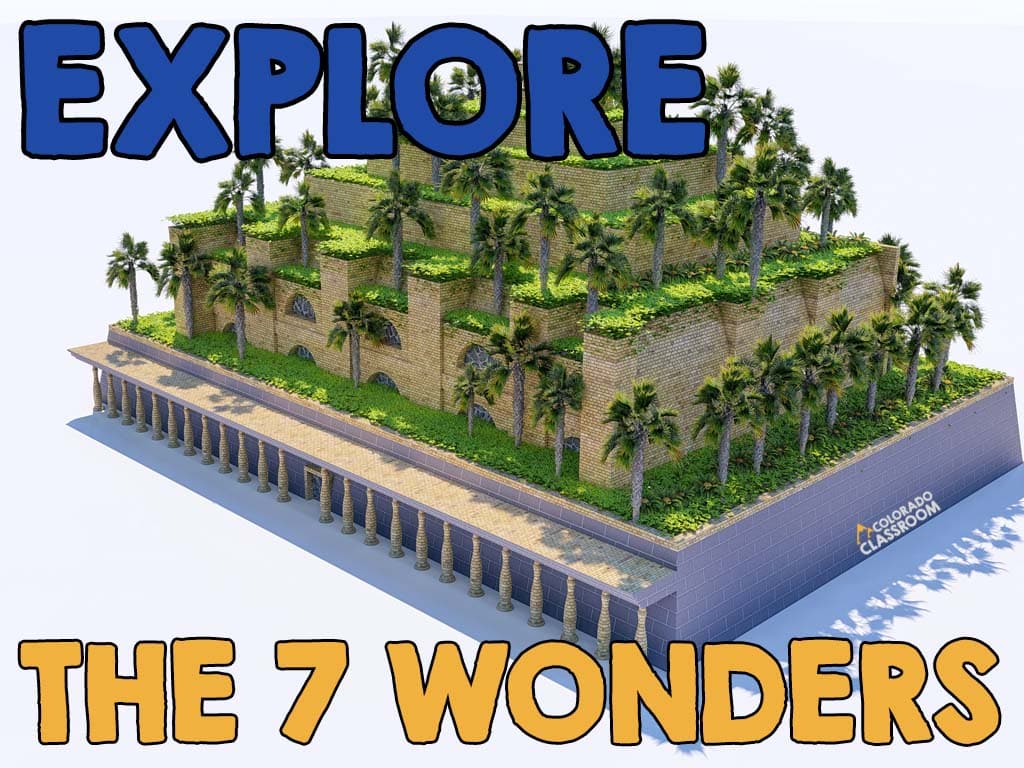
3. Explore the 7 Ancient Wonders of the World
The Seven Ancient Wonders of the World are seven incredible feats of architecture, built by the ancient civilizations. They are considered to be “Wonders” because they amaze and bewilder society with their grand beauty, size, and structure. Built by the ancient Greeks, Egyptians, and ancient Mesopotamians, some of these wonders can still be seen today.
In ancient Mesopotamia, the Hanging Gardens of Babylon were a huge ziggurat of plants, trees, shrubs, and flowers. These tiers of foliage ascended upwards, creating a large green mountain of mud bricks and plants. Although the Hanging Gardens exist in the writings of 5 different individuals, the exact location and/or some evidence of them has never been found. This has caused some people to doubt that this wonder ever existed at all.
Have kids look at these seven wonders, examining their size and structure. Hold a debate where students argue about their existence. Draw/construct models of one for study. All of these are great ways for students to get to know the ancient realm and build meaning in their study of history.
4. Build Your Own Ziggurat
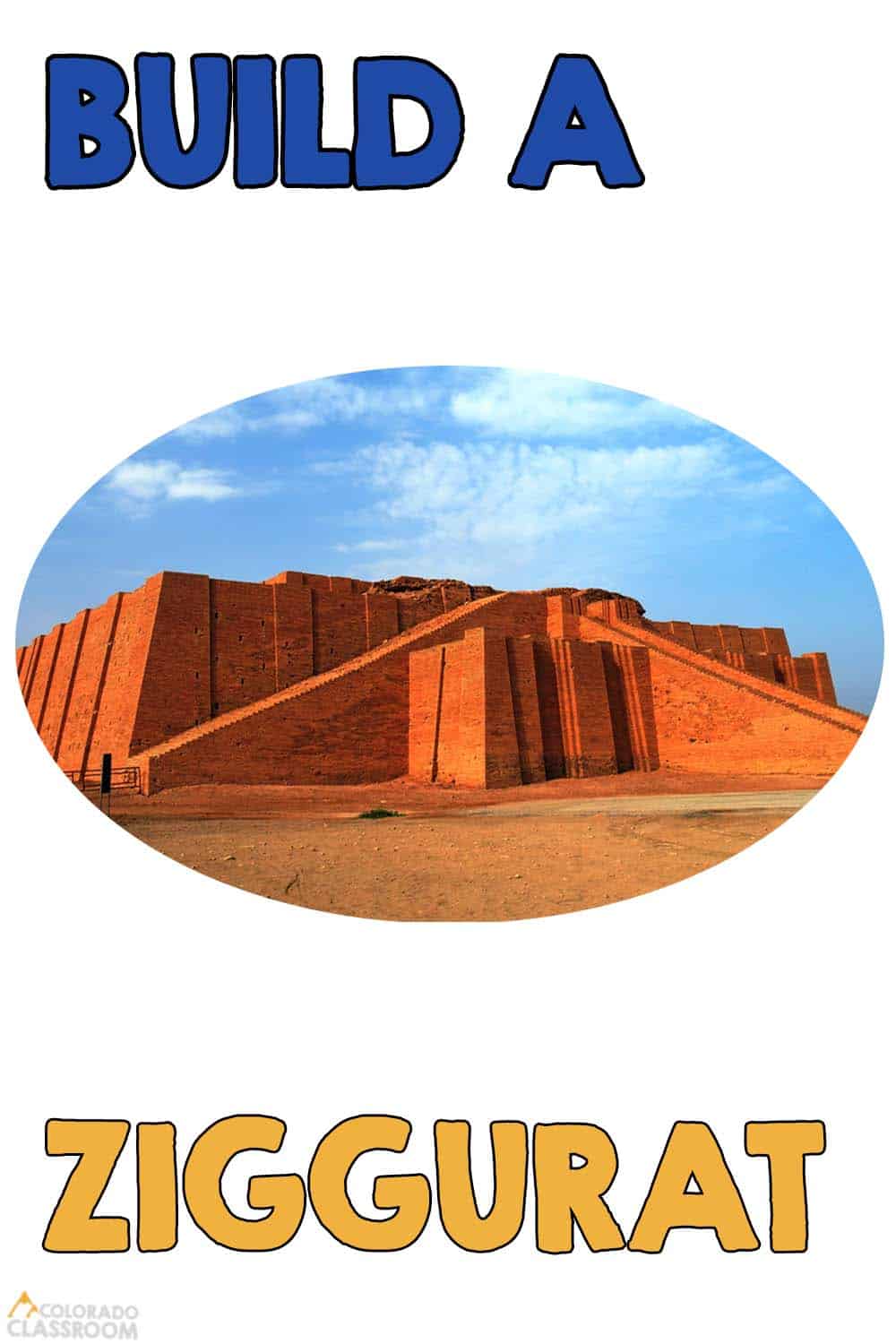
Ziggurats were fortifications on which a white stone temple stood. They were built to try to connect the heavens to the earth, so the Mesopotamians would make them as tall as possible. In the time of ancient Mesopotamia, building methods were crude and so these ziggurats were not nicely sloped pyramids. They were instead, stacked rectangles or trapezoids, that rose jaggedly up to the sky.
Students could use boxes, folded paper, sugar cubes, or even 2-dimensional trapezoids on a screen to create their ziggurats. I have this activity in my Governments of Mesopotamia lesson. Students get to build a ziggurat in any number of ways.

5. Be the Judge, Like Hammurabi
Have your students read an article about Hammurabi and his penchant for law-making. If an article is not handy, simply discuss his nature for creating laws on how people should live their lives. Then hand out some sample laws to your students and have them read through and share them together. As your students read the lesson, they should take note of how barbaric the laws were. They can also note just how one-sided the punishments were as well. You might also want to point out how a lot of Hammurabi’s laws actually dealt with property rights.
Prepare a couple case studies for your students where they can examine or simulate a case in Hammurabi’s time. They can argue for or against a certain outcome and the punishments that come with that decision. When your students finish the lesson, see if they agree with what they “did” and the laws they put forth. If they have doubts and reservations about the steps they had to take, then discuss why that is and what has changed throughout history.
There’s lots of ways to bring history alive and make it more memorable for students. Making it hands-on is just one way to accomplish this. Do you have other ways to make learning about ancient Mesopotamia memorable? I’d love to hear them. Share your ideas in the comments.
And if you enjoyed these 5 ideas for ancient Mesopotamia, perhaps you’d like 5 free ideas on the Aztecs as well. Check out that blog post here!


Pingback: Digital Interactive Notebooks A World of Opportunity | The Colorado Classroom